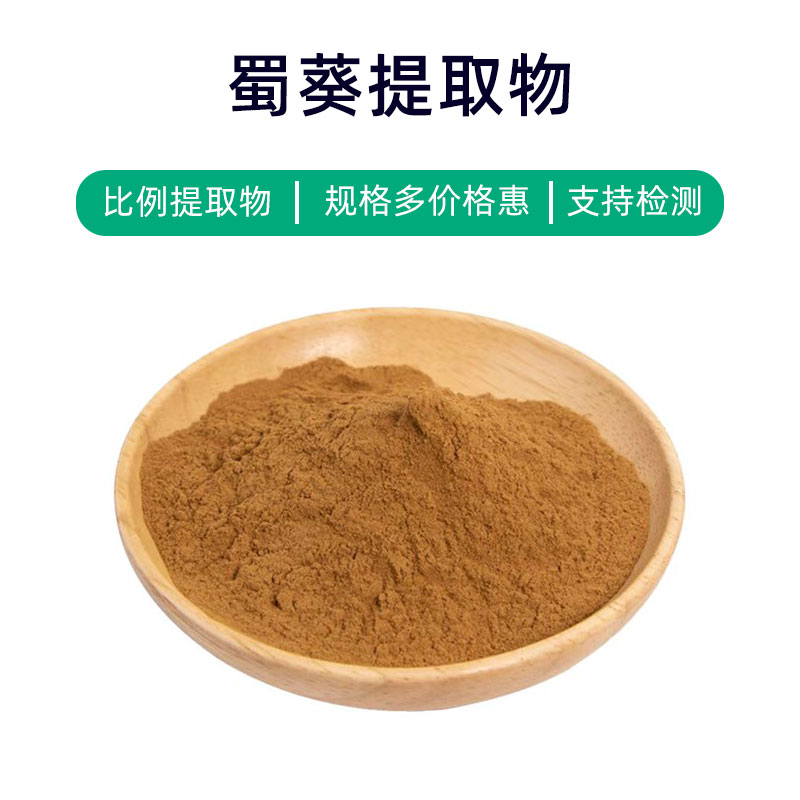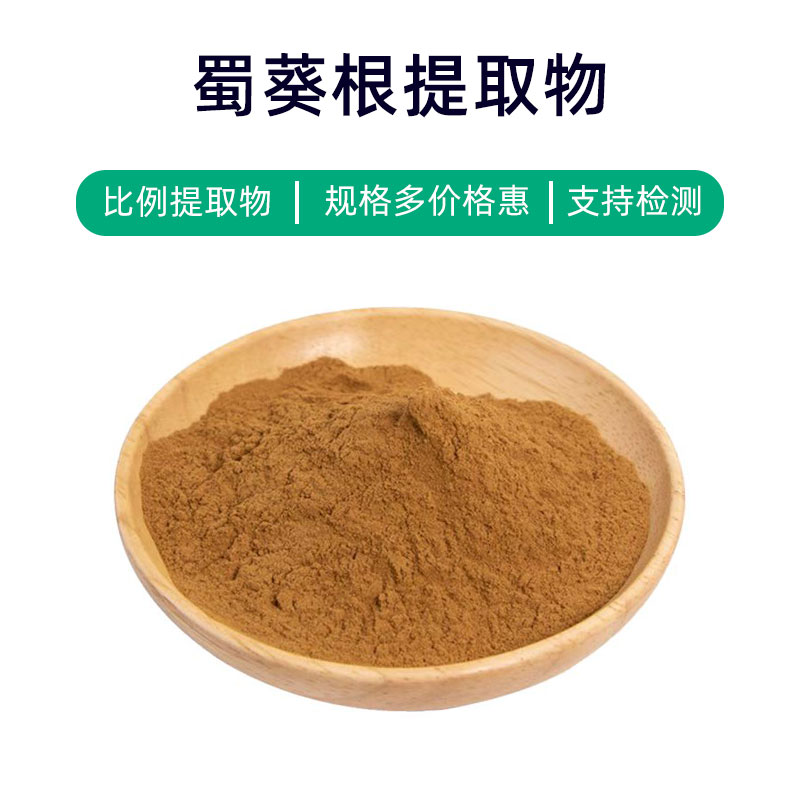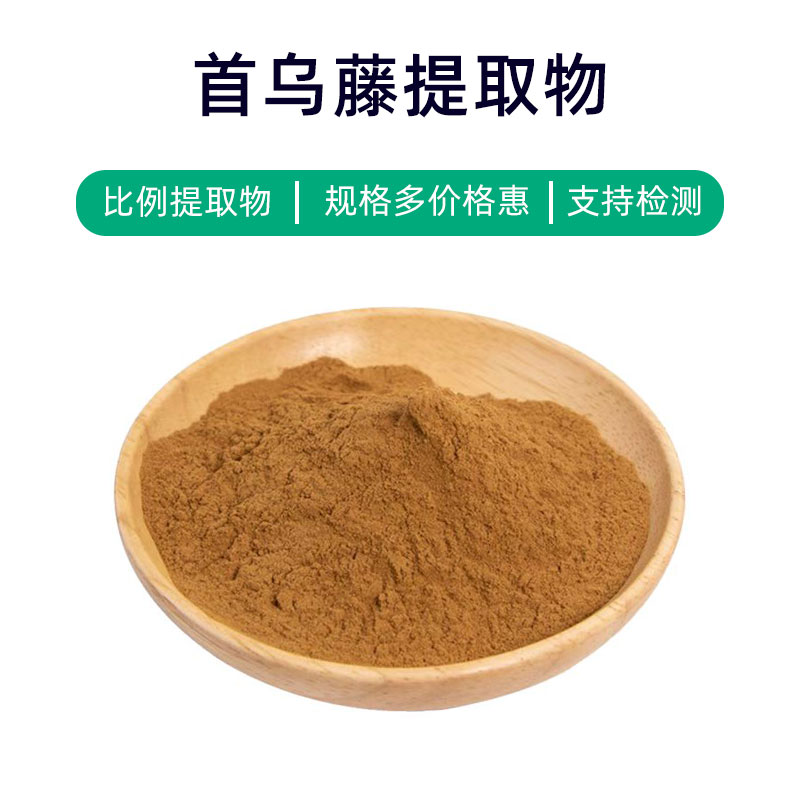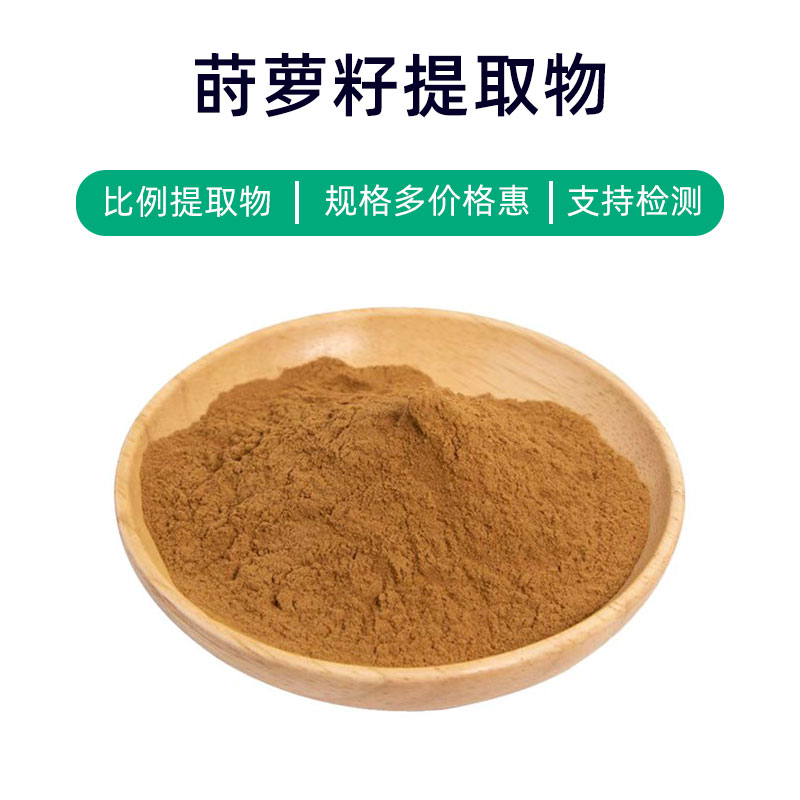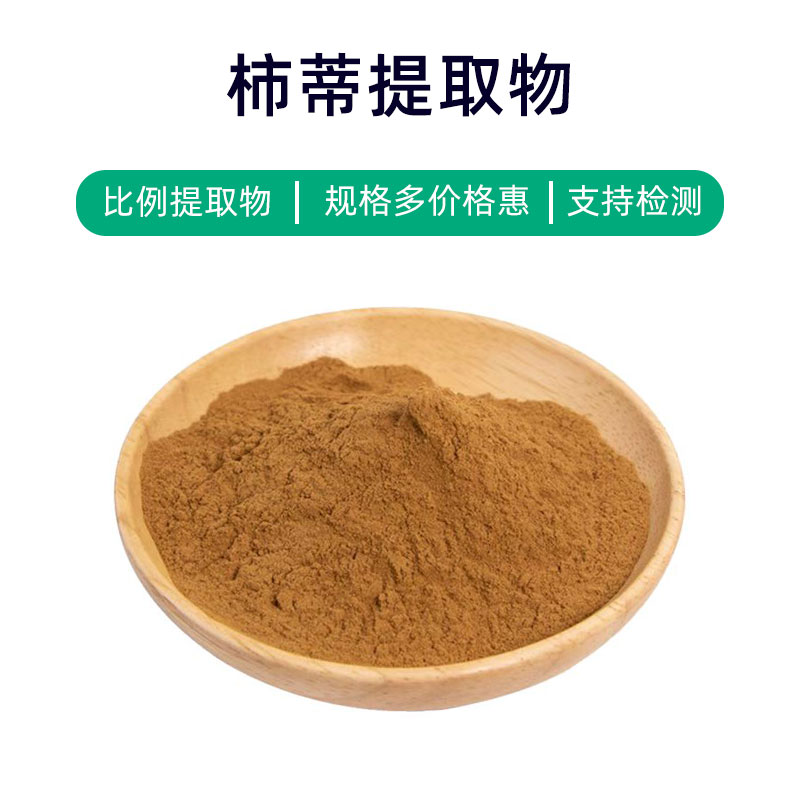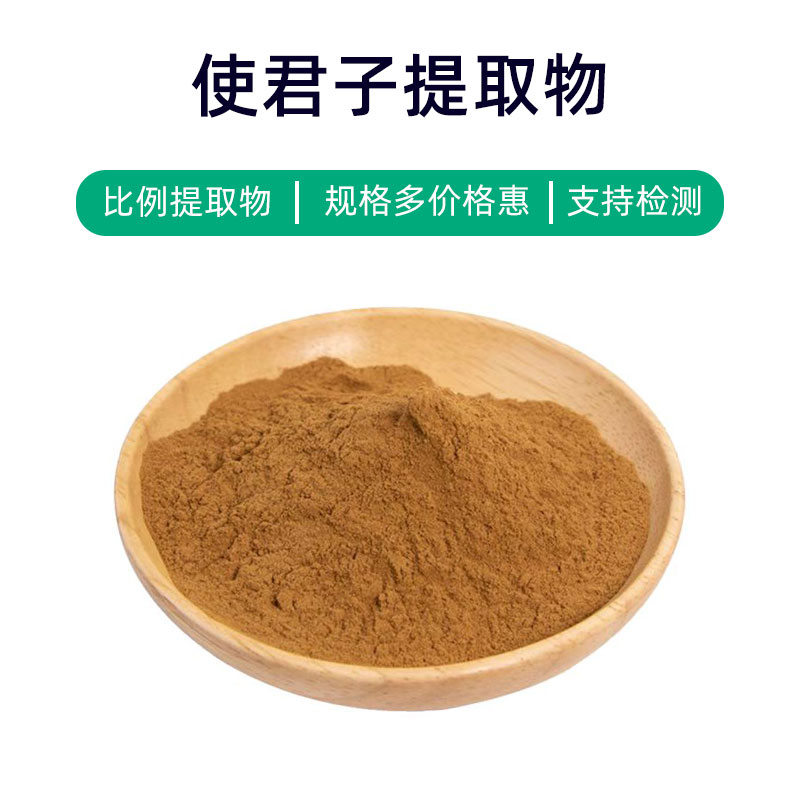Mangosteen Peel Extract Product Introduction
Mangosteen peel extract is a natural plant extract derived from the fruit peels of the mangosteen (Garcinia mangostana), rich in bioactive substances such as flavonoids, polyphenols, and flavonoid glycosides. This product exhibits multiple effects, mainly seen in its antioxidant, anti-inflammatory, antibacterial, and anticancer qualities. Due to its abundant bioactive components, mangosteen peel extract is widely used in the fields of medicine, health supplements, and cosmetics. In the medical field, it's used as a natural antioxidant and anti-inflammatory agent, helping to prevent and treat various diseases. In health supplements, it is commonly used to create antioxidant supplements, assisting in enhancing immunity and slowing aging. In cosmetics, mangosteen peel extract is often added to skincare products for its whitening, anti-wrinkle, and moisturizing effects, capable of improving skin texture and increasing radiance. Its natural, safe, and effective characteristics have garnered widespread attention and application across different fields.
Mangosteen Peel Extract Production Process
The production process of mangosteen peel extract typically involves the following main steps:
- Raw Material Preparation: First, select fresh mangosteen fruits, peel them, wash thoroughly, and then dry for later use. Ensuring the freshness and dryness of the raw materials effectively preserves the active components.
- Crushing and Grinding: Crush and grind the dried mangosteen peels to increase surface area, facilitating the subsequent extraction process. Mechanical grinding or ultrasonic methods are commonly used.
- Extraction Process: Use appropriate solvents (such as ethanol or water) to extract the crushed mangosteen peels, dissolving the active components. Extraction methods can include maceration or supercritical fluid extraction, among others.
- Filtration and Concentration: Filter the extract to remove impurities, then use evaporation or freeze concentration methods to remove the solvent, resulting in concentrated mangosteen peel extract.
- Drying and Refinement: Dry the concentrated extract to eliminate residual moisture, resulting in a dry mangosteen peel extract. Refinement can be performed to remove pigments and impurities, enhancing product purity and quality.
- Packaging and Storage: Finally, package the refined mangosteen peel extract typically in sealed aluminum foil bags or plastic bottles to prevent moisture absorption and oxidation. It should be stored in a cool, dry place, avoiding direct sunlight and high temperatures to maintain stability and the integrity of active components.
Mangosteen Peel Extract Effects and Side Effects
As a natural plant extract, mangosteen peel extract has various effects and roles in medicinal and health fields, including:
- Antioxidant Properties: Rich in polyphenolic compounds such as flavonoids and tannins, it has significant antioxidant properties, capable of scavenging free radicals in the body and reducing oxidative damage, which helps maintain cellular health.
- Anti-inflammatory Effects: Research indicates the active components in mangosteen peel extract exhibit certain anti-inflammatory properties, inhibiting the release of inflammatory mediators and alleviating inflammatory responses, which can be beneficial in managing inflammatory diseases.
- Blood Sugar and Lipid Regulation: Some components in mangosteen peel extract have been found to help regulate blood sugar and lipid levels, aiding in the prevention and control of diabetes and related disorders.
- Digestive Health Improvement: Mangosteen peel extract contains dietary fibers and various bioactive substances that help promote the secretion of digestive juices, increase intestinal motility, and improve digestive function, preventing constipation and indigestion.
- Immune System Enhancement: The active components in mangosteen peel extract possess certain immunomodulatory effects, strengthening the immune system and improving resistance, which helps in preventing infections and diseases.
- Antibacterial and Antiviral Effects: Studies have shown that mangosteen peel extract has antibacterial and antiviral activities, capable of inhibiting the growth of various pathogenic bacteria and viruses, playing a role in the prevention and treatment of infectious diseases.
- Cardiovascular Health Improvement: Some components in mangosteen peel extract are found to protect cardiovascular health, reducing blood pressure, improving circulation, and decreasing vascular inflammation, which is helpful in preventing cardiovascular diseases.
While mangosteen peel extract has several benefits, it is essential to be aware of individual differences and target populations during usage, avoiding excessive or prolonged use to prevent adverse reactions. Particularly for pregnant women, nursing mothers, and children, it is recommended to use under medical guidance.
Mangosteen Peel Extract Application Scenarios and Dosage
Mangosteen peel extract has a broad application in medicine, food, and cosmetics, with varying uses and dosages based on the application:
- Medical Applications:
- Uses: Mangosteen peel extract is often used in preparing herbal formulas, health supplements, and medications.
- Dosage: Typically used as an active ingredient, it can be formulated into granules, pills, or oral liquids. The dosage varies based on specific formulations and is generally suggested under doctor supervision, with an adult dosage usually around 10-20 grams daily.
- Food Industry Applications:
- Uses: In the food industry, mangosteen peel extract is commonly used as a natural food additive with preservative and antioxidant properties.
- Dosage: It can be used as a natural coloring agent or food additive, usually within a dosage range of 0.1% to 0.5%, determined by production processes and formulations.
- Cosmetic Applications:
- Uses: In cosmetics, mangosteen peel extract is utilized as a natural plant extract for its antioxidant, whitening, and anti-aging benefits.
- Dosage: It can be included in skincare products, cleansing products, and masks, typically in the range of 1% to 5% based on the formulation.
Overall, mangosteen peel extract is primarily used in traditional herbal formulations in the medical field, with the dosage requiring medical oversight; in food, it serves as a food additive, adhering to relevant regulations and standards; and in cosmetics, it enhances product functionality and market competitiveness, requiring dosage adjustments based on specific product formulations. In any application scenario, safety principles should be followed to ensure product quality and safety.
Overview of the Source Plant, Distribution, and Growth Environment
Mangosteen peel extract is a natural plant extract sourced from the peels of the mangosteen tree (scientific name: Garcinia mangostana). Here’s a detailed introduction to the mangosteen tree's source, distribution, and growth environment:
Source Plant Overview:
The mangosteen tree, also known as "mangosteen," "purple fruit," or "mangosteen," belongs to the Garcinia genus and is a tropical evergreen tree. Its fruit is hailed as the "king of fruits" due to its rich bioactive substances like polyphenolic and flavonoid compounds, offering numerous medicinal and health benefits, including antioxidant, antibacterial, and anti-inflammatory properties.
Distribution:
The mangosteen tree is native to the tropical regions of Southeast Asia, mainly found in countries such as Malaysia, Thailand, Indonesia, Vietnam, and the Philippines. It thrives in warm, humid tropical and subtropical climates, typically growing at altitudes below 200 meters, favoring fertile, well-drained soils.
Growth Environment:
- Climate Conditions: The mangosteen tree adapts well to tropical rainforest climates, preferring high temperatures and humidity, with an ideal annual average temperature between 25-30 degrees Celsius.
- Soil Requirements: The tree thrives in relatively loose, fertile, well-drained soils, ideally suited to pH levels ranging from 5.5 to 6.5.
- Light Conditions: The mangosteen tree prefers ample sunlight but also needs some shade, making it suitable for growth in partially shaded environments.
- Water Supply: It requires a significant amount of moisture, needing ample water supply during its growing period, typically thriving in areas with abundant rainfall.
- Altitude Requirements: The mangosteen tree generally flourishes at altitudes below 200 meters, and higher elevations are not conducive to its growth.
In summary, the mangosteen tree is a tropical evergreen species native to Southeast Asia, preferring warm, humid climates and fertile, well-drained soils, and it thrives in low-altitude areas below 200 meters.
Processing and Storage of Mangosteen Peel Extract
The processing of mangosteen peel extract typically involves the following steps: First, cleaning and sorting - the collected mangosteen peels are cleaned to remove impurities, selecting quality raw materials; then grinding and extraction - the cleaned peels are ground into powder and extracted using appropriate methods (like water extraction or alcohol extraction); finally, concentration, drying, and refining - the extracted liquid is concentrated and dried to obtain mangosteen peel extract, followed by refinement to enhance purity and stability. During storage, the mangosteen peel extract should be kept in a cool, dry, light-protected, and ventilated environment to avoid high temperatures, direct sunlight, and moisture, preserving its stability and the integrity of active components.
Monica Sun is a seasoned expert in the plant extraction industry with over a decade of experience in research and production. She specializes in the extraction and purification of plant active ingredients, focusing on driving innovation in natural product applications. Monica has participated in the development of multiple functional plant extracts, delivering high-value natural raw material solutions for the health food, pharmaceutical, and dietary supplement sectors.









